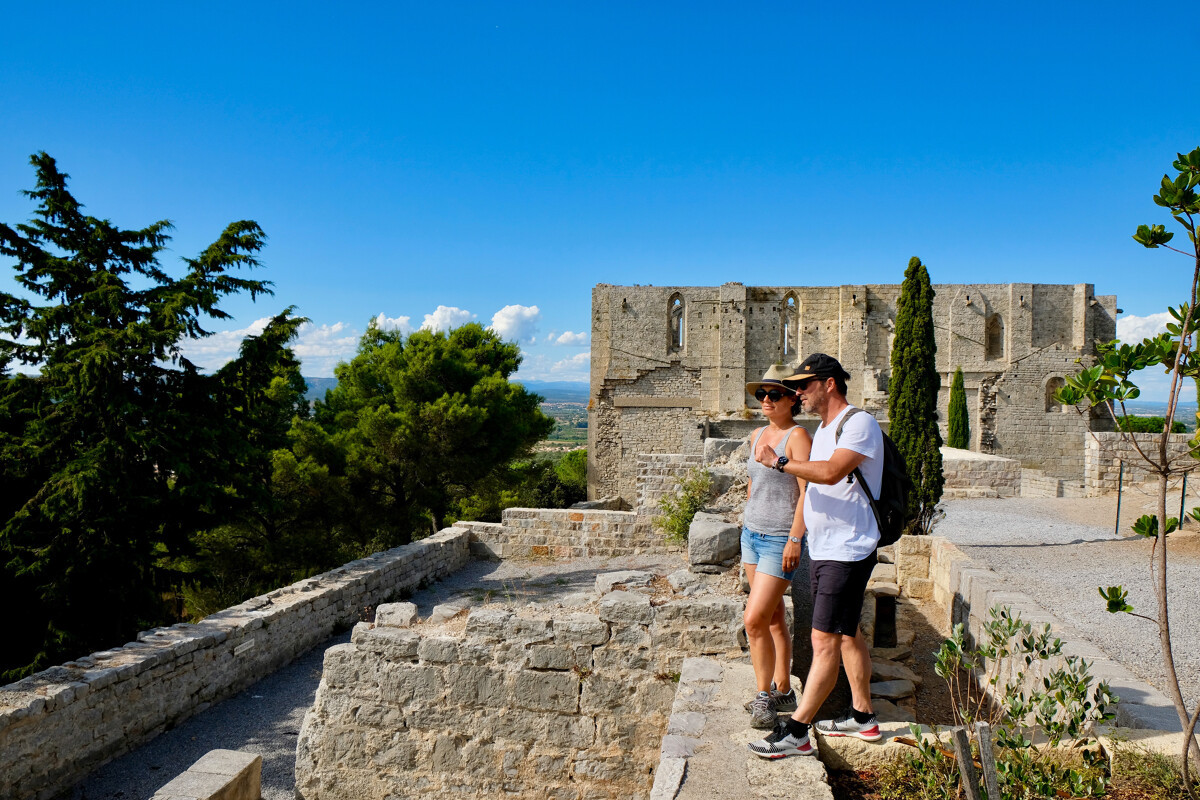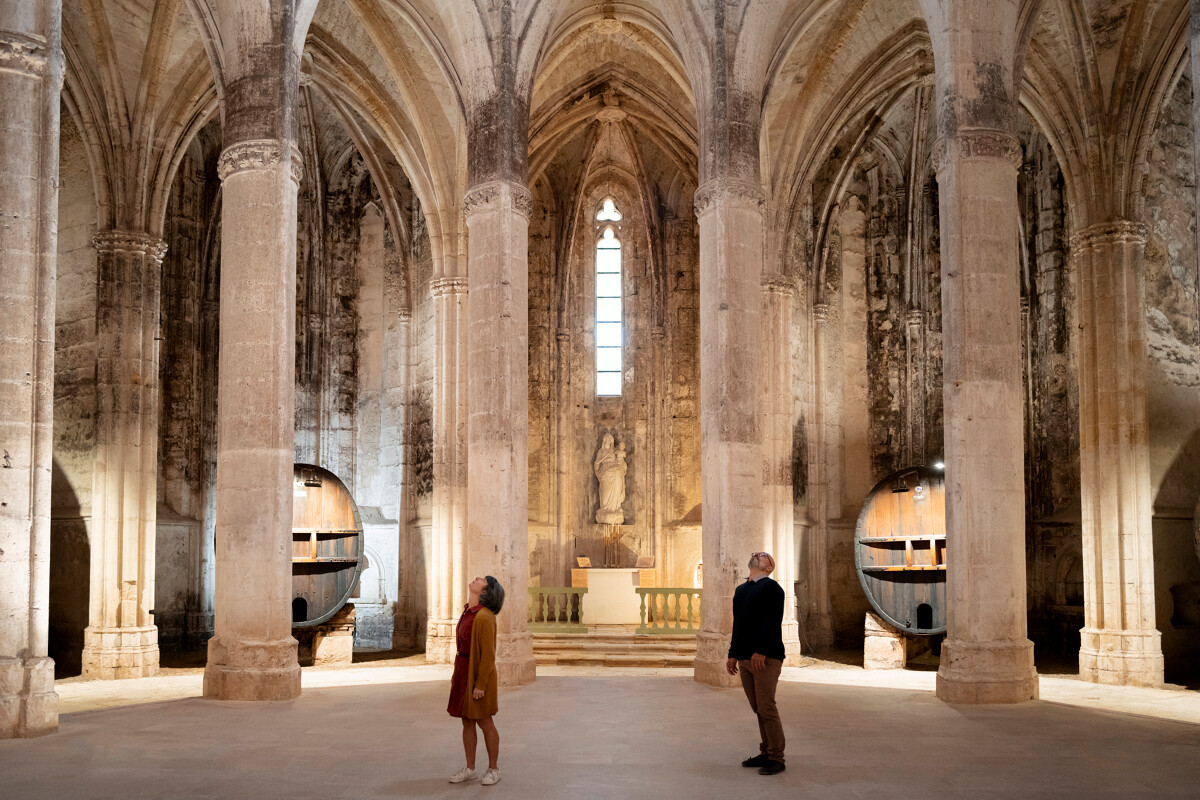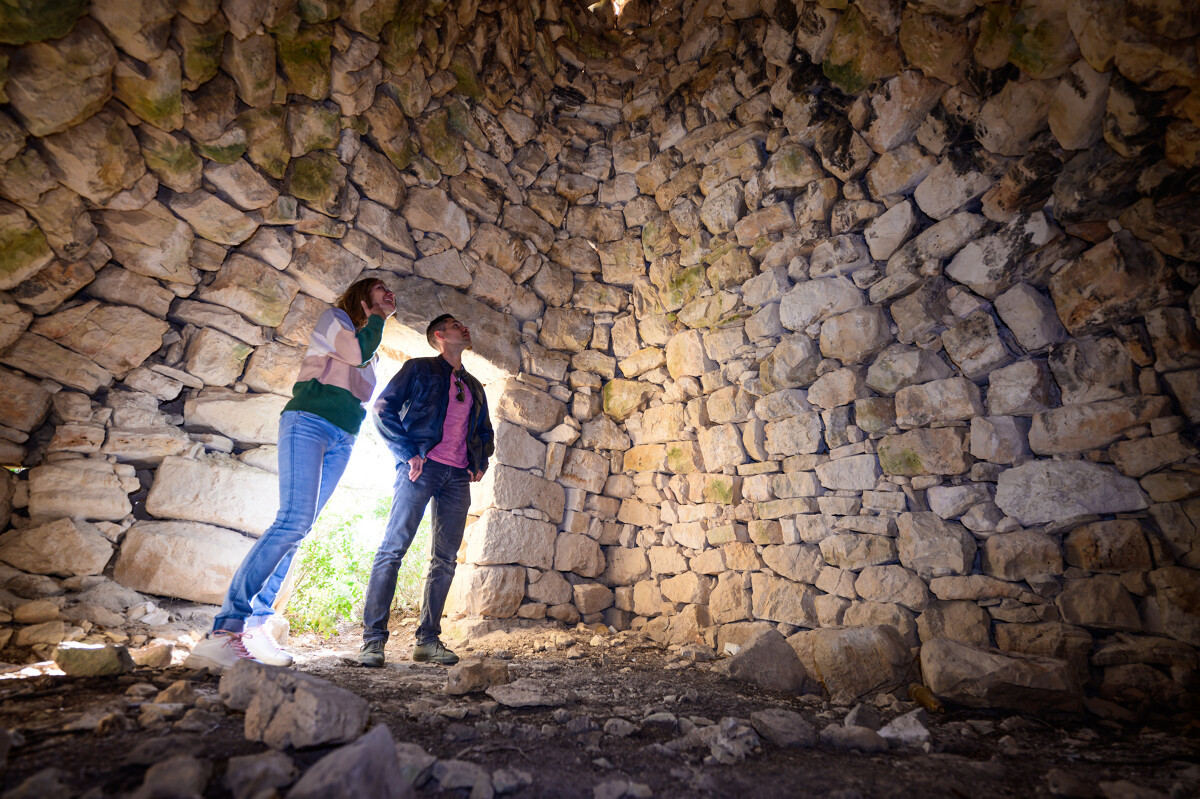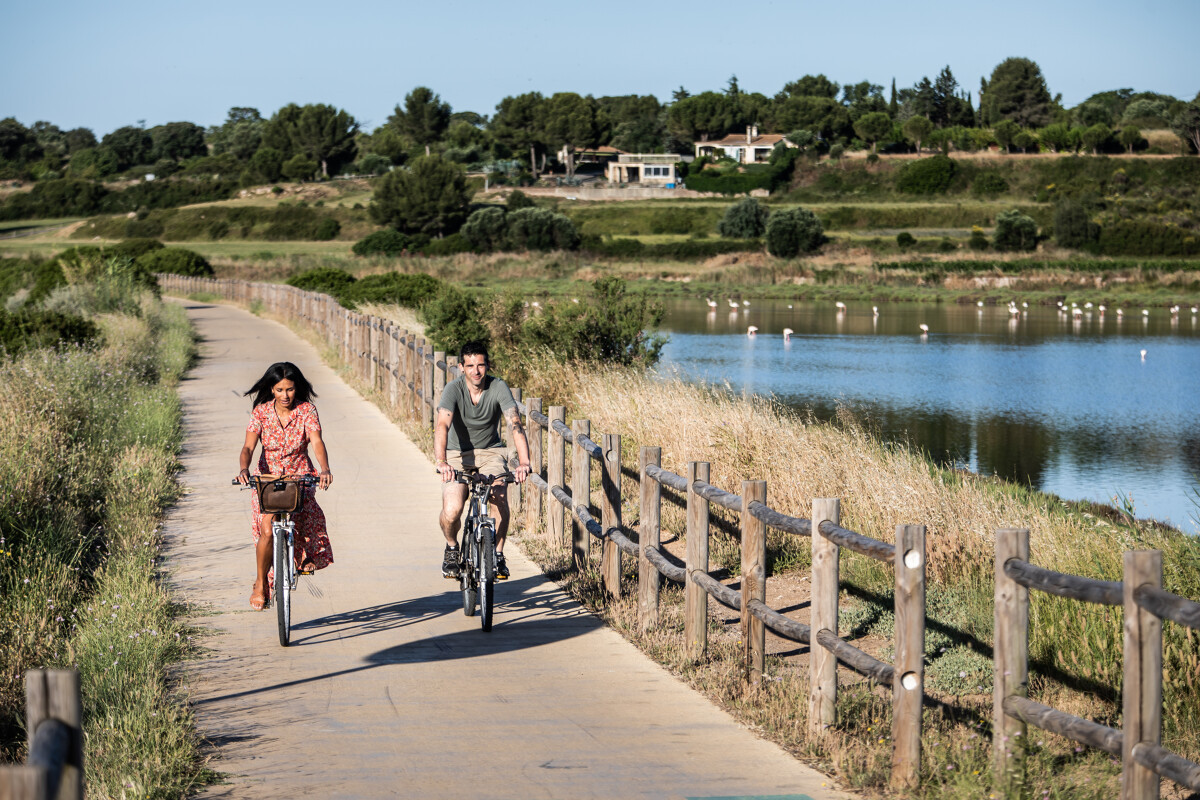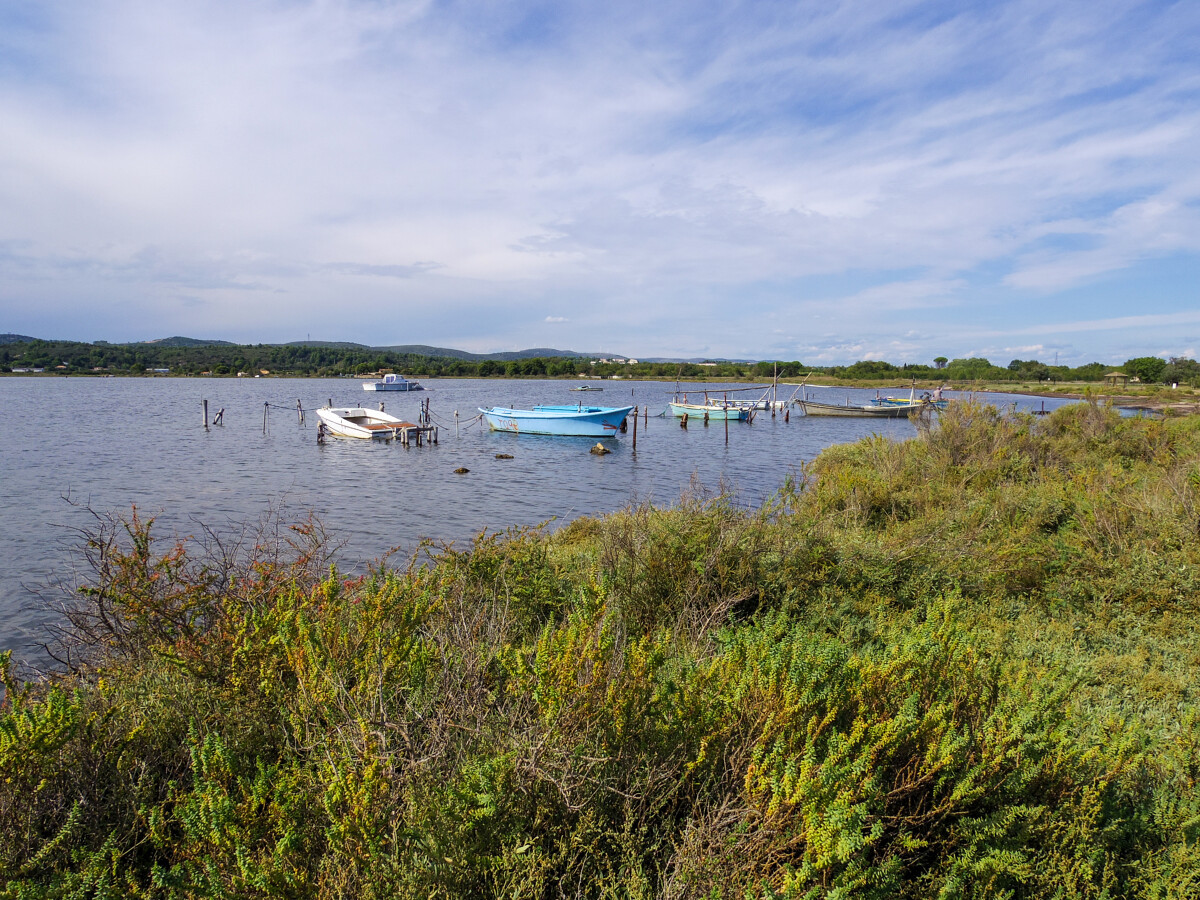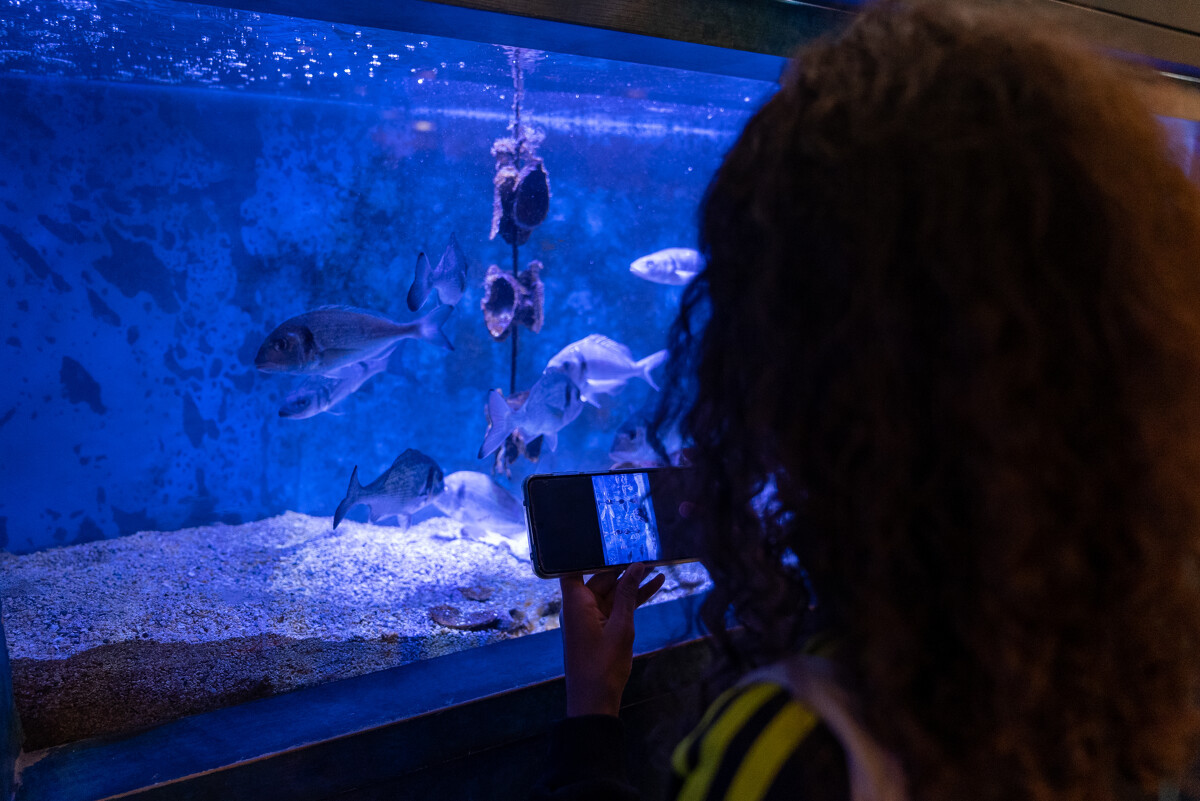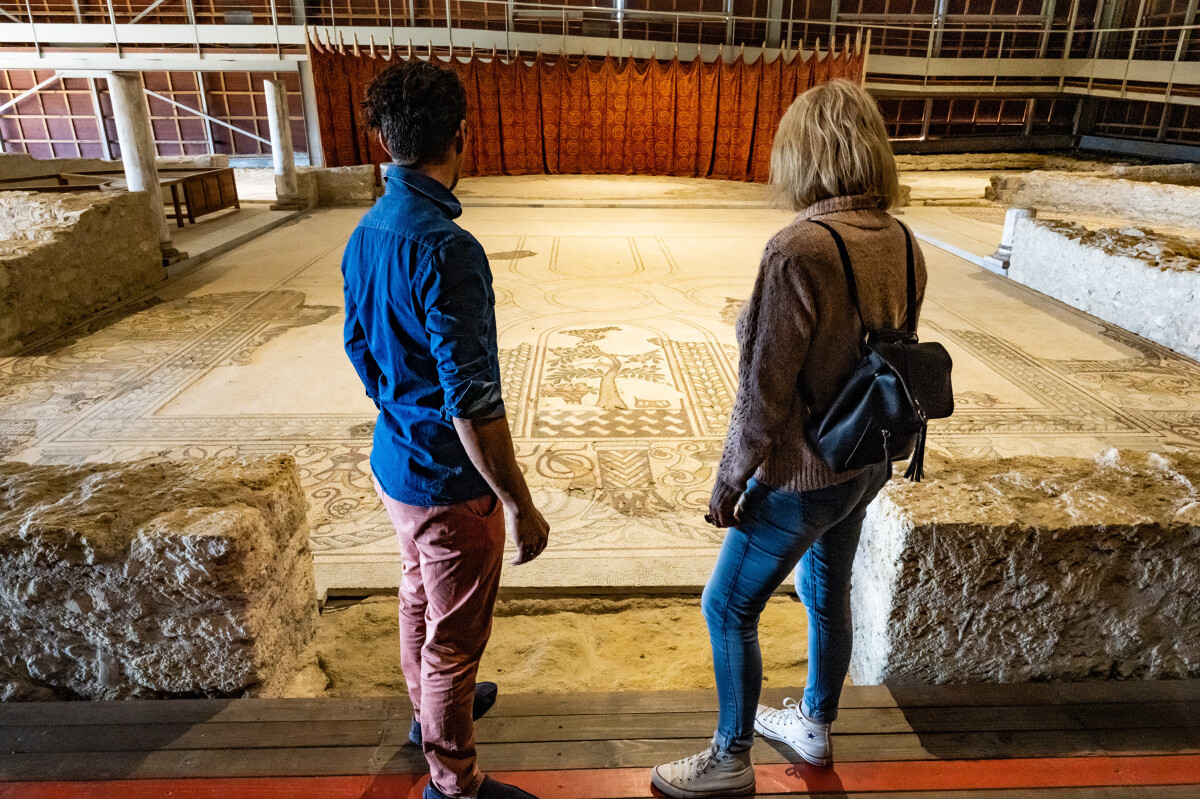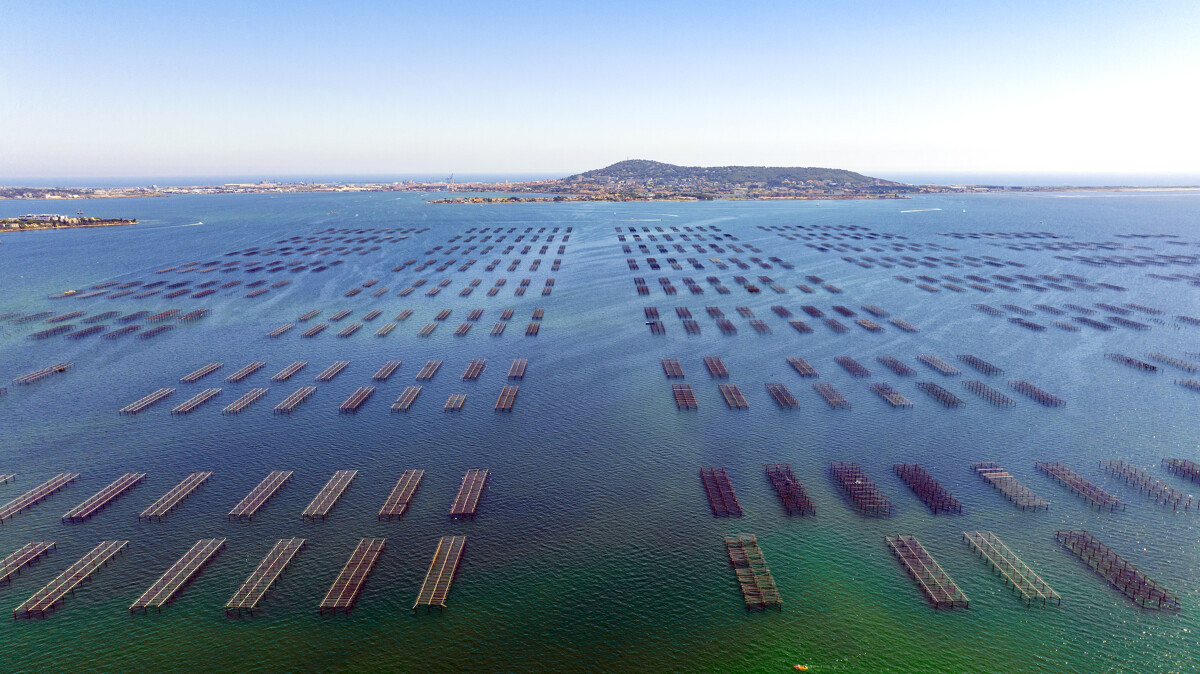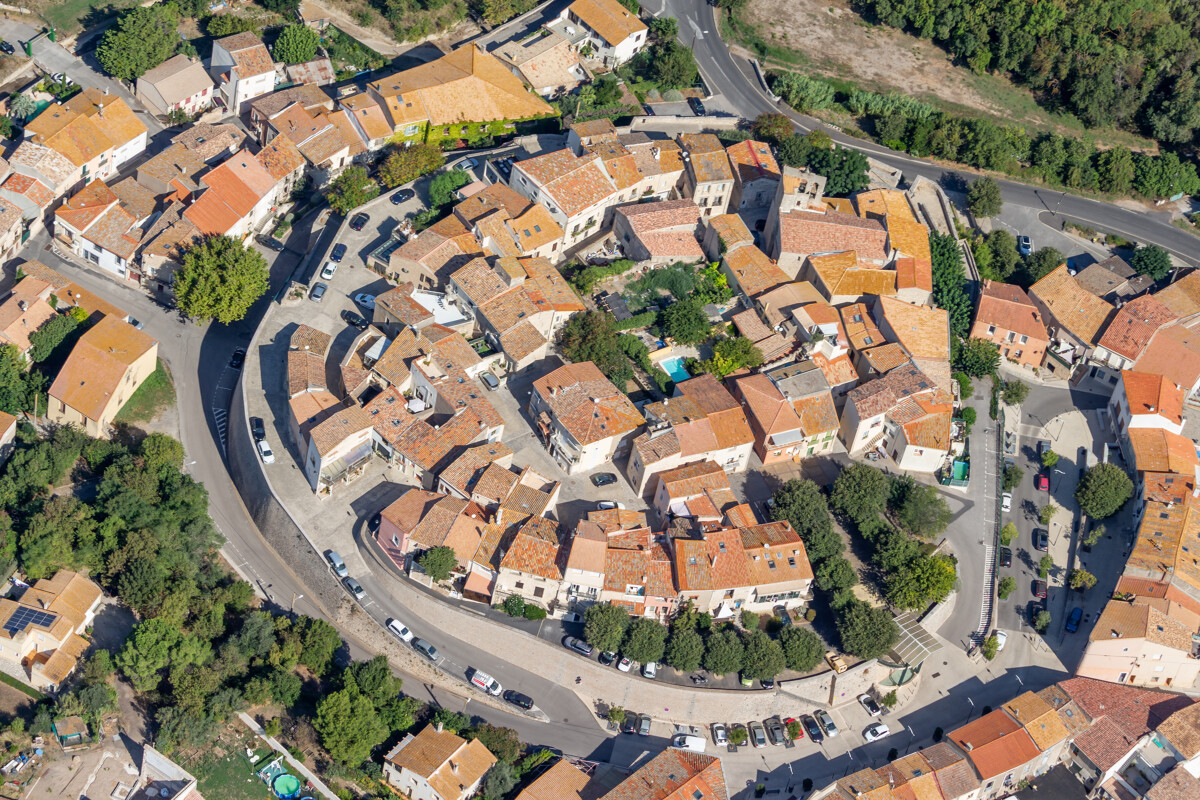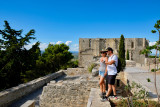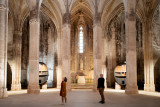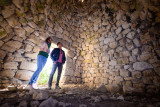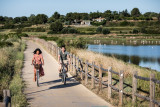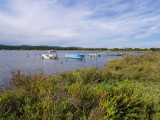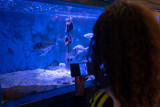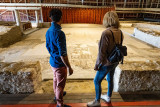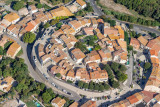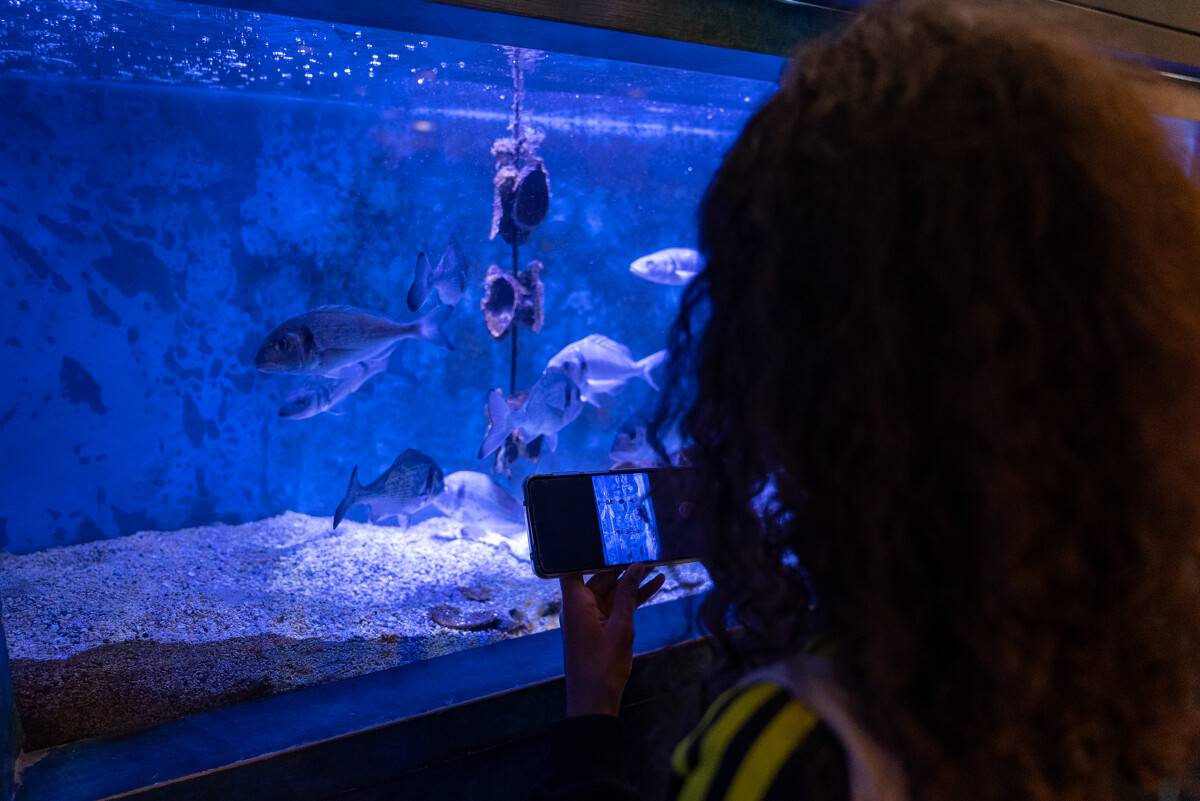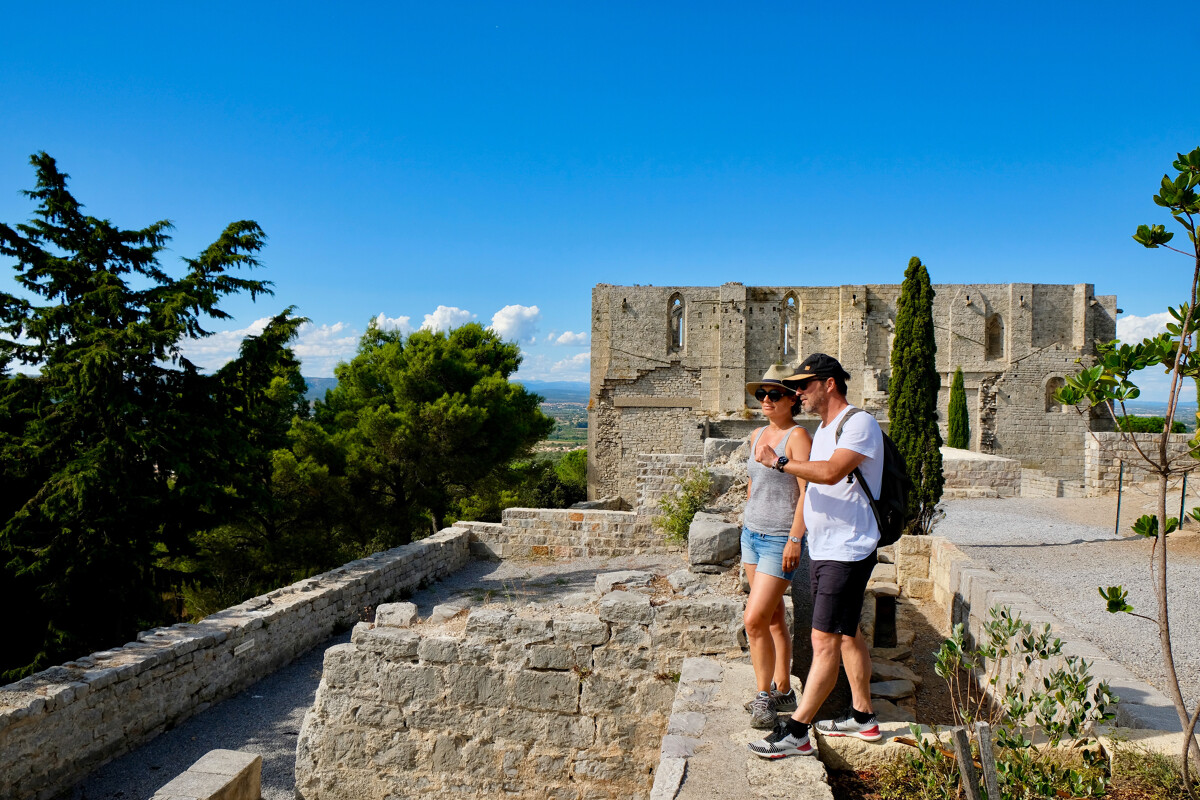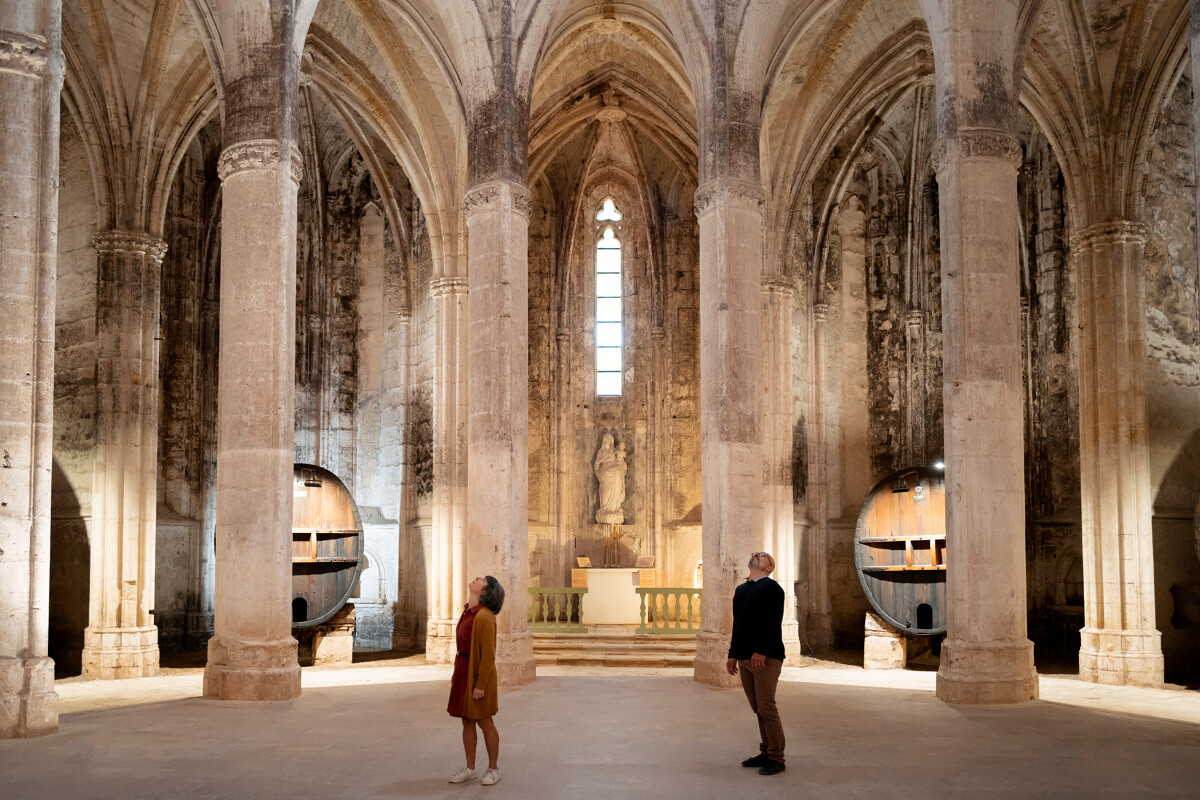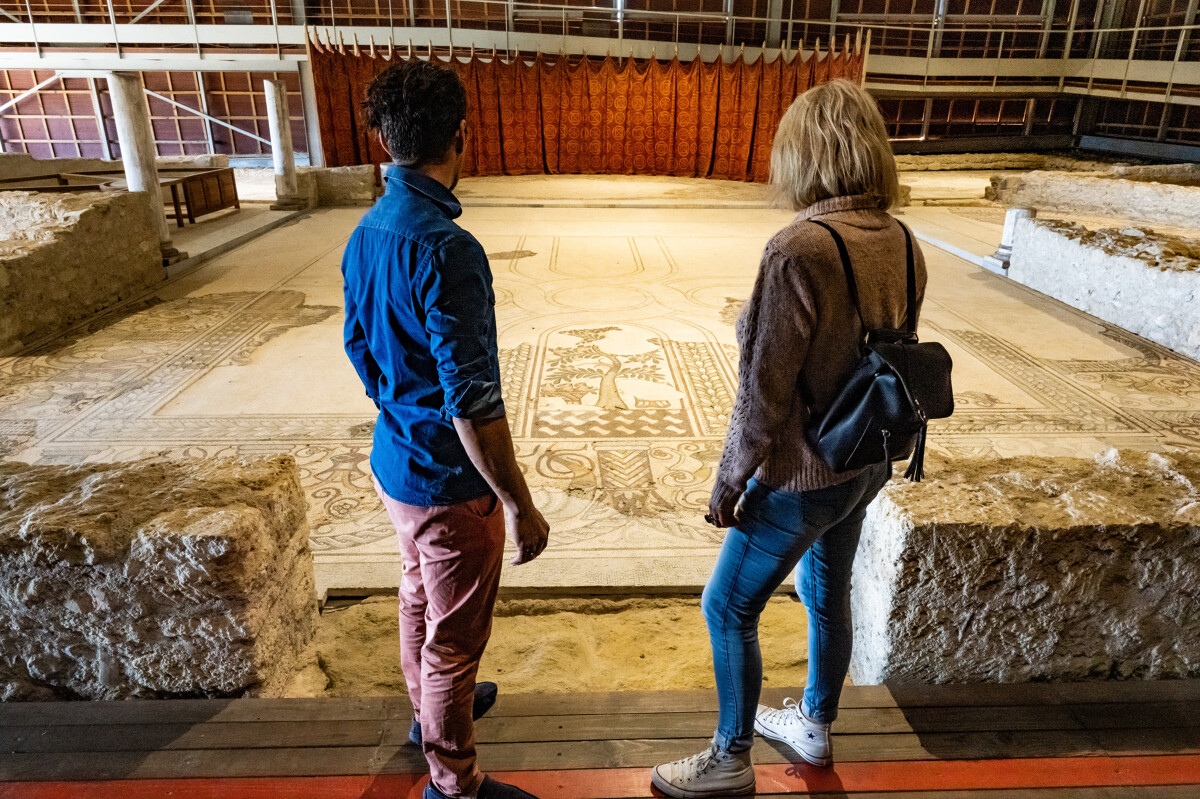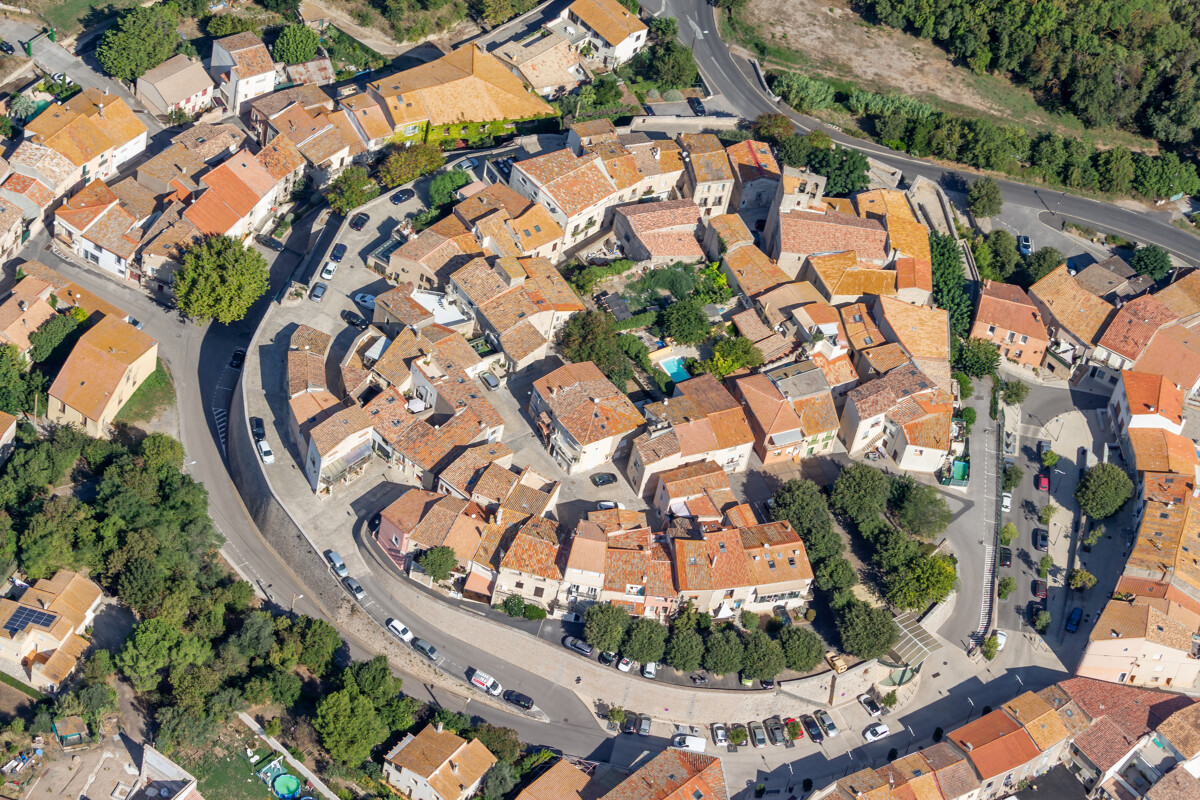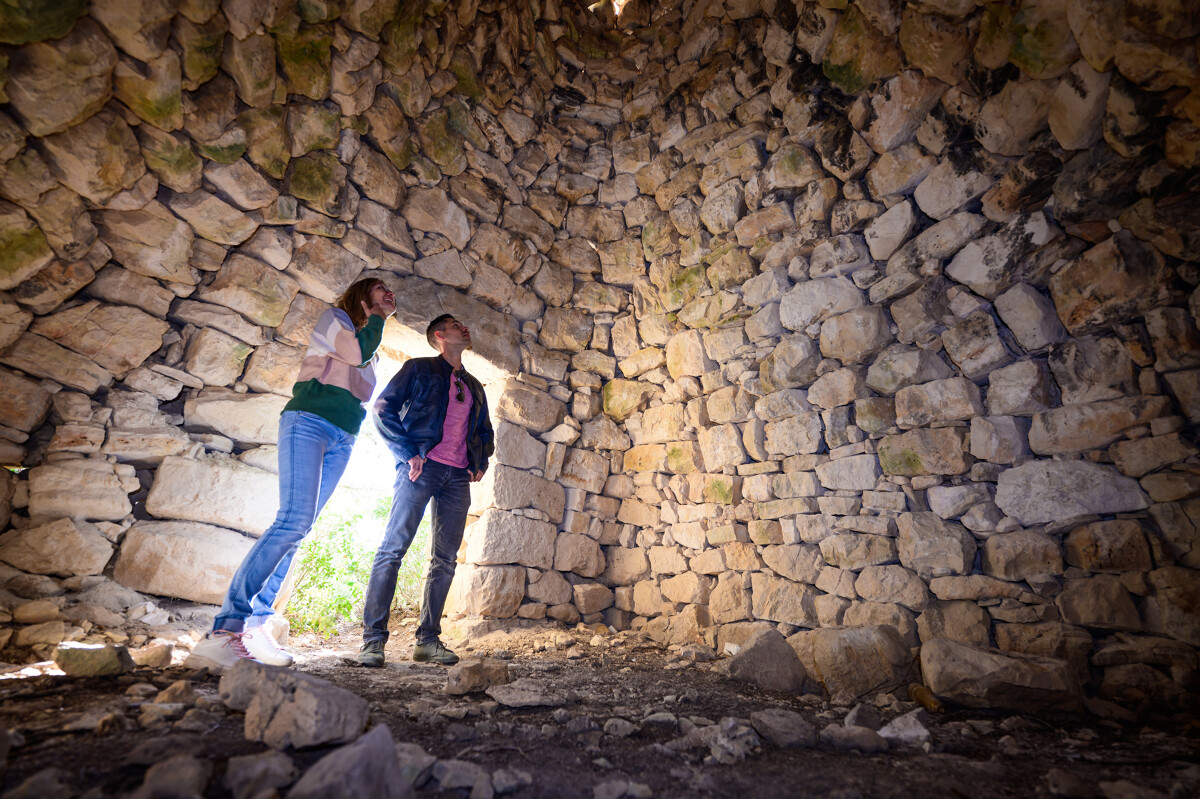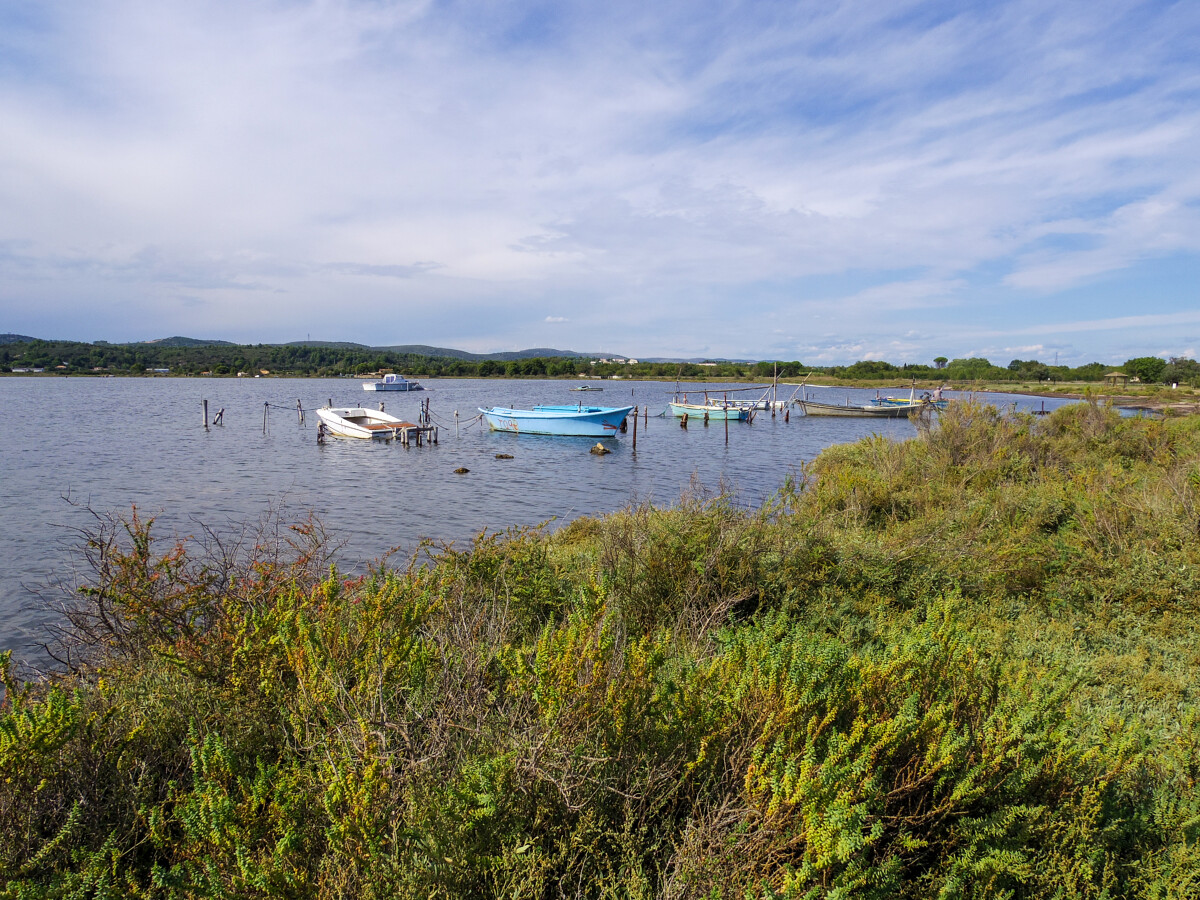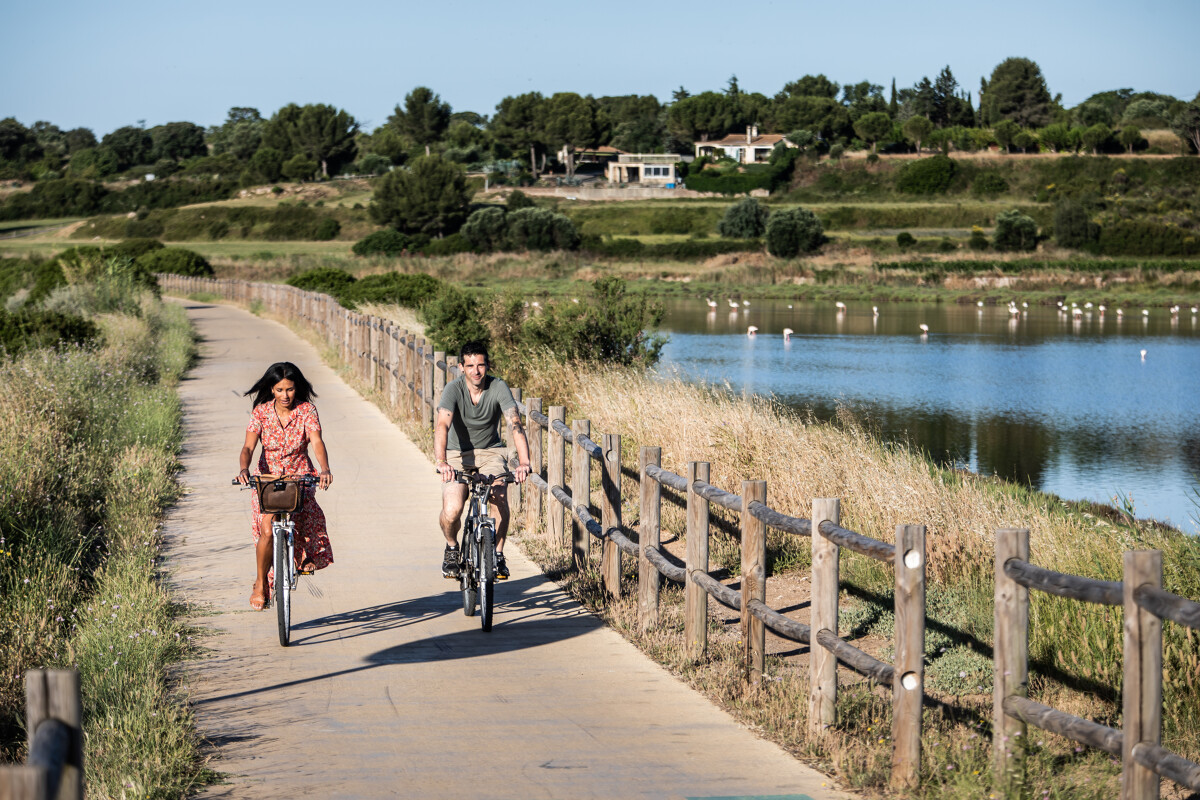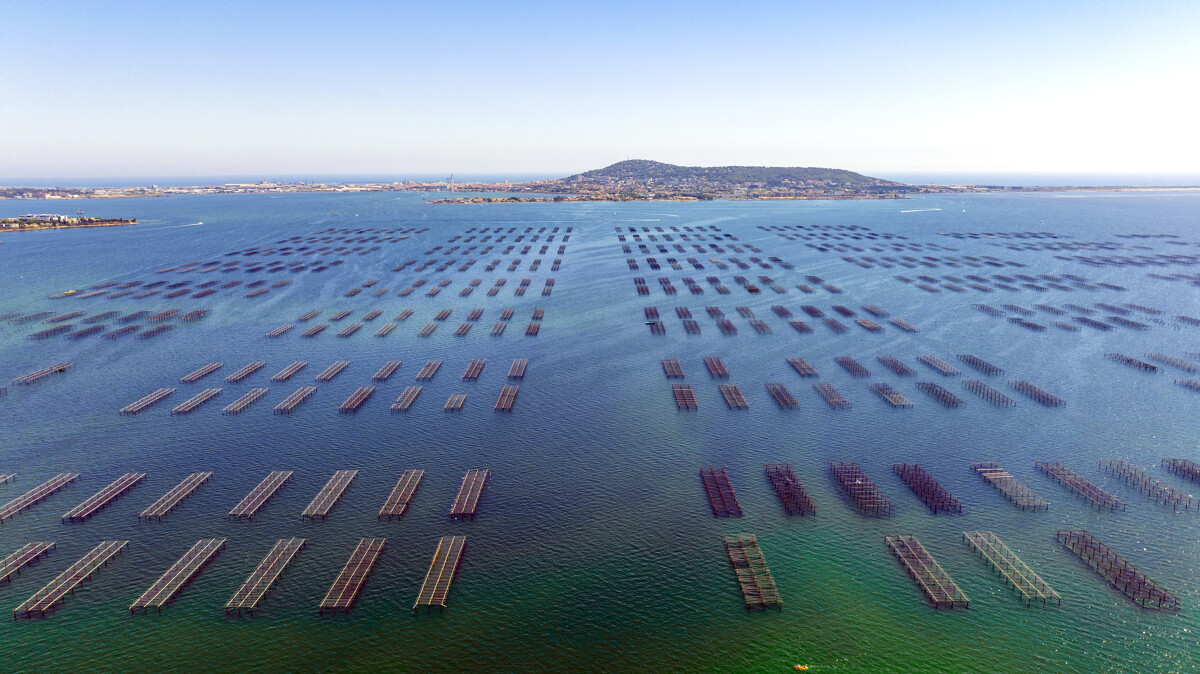The must-sees of Mèze and the surrounding villages
Between shellfish farming and vine growing, capitelles and villages in circulade, abbeys and protected natural areas, you will not lack ideas for activities during your stay in the Archipel de Thau! To help you make your choice, we have put together a list of the must-do activities in the Thau Archipelago! So, don't wait any longer to explore this destination that looks like the end of the world.
GOURMET SIDE
The Etang de Thau Museum (Bouzigues)
The Etang de Thau Museum is a must-see destination and promises a complete immersion in local history and folklore.
From the traditional techniques of shellfish farming to the most modern, from the farmhouse to the park, this palace of the lagoon will reveal all the secrets of these small trades that still shape the landscapes of the Thau basin.
During your visit, let yourself be drawn in by the fishermen's memories, the models and the aquariums which contribute to the museum's original presentation of the world of oyster farming, mussel farming and fishing.
After this bath in history, it is time to put into practice what you have learned by stopping at the producers, the best ambassadors of the art of living in the Thau Archipelago! In Loupian, Mèze or Bouzigues, you will taste the famous oysters accompanied by a glass of picpoul de Pinet, facing the lagoon. Discover here all the producers of the destination.
The Saint André estate (Mèze)
Has this appetizer made you thirsty? Why not extend your discovery of the specialities of the Thau Archipelago at the Saint André estate in Mèze? Nestled in the heart of a preserved natural area, covering nearly 30 hectares, the estate offers several visits:
- A signposted tour allows you to discover the estate on your own and to learn more about the history of wine thanks to explanatory panels and an audio guide.
- The guided tour, on the other hand, offers the possibility of going deeper into the same themes (wine and history) and to benefit from amusing anecdotes from your guide.
But what makes the Saint André estate so special is its diverse range of grape varieties, with 14 to be appreciated during a tasting. This is good news, as each visit is followed by a commented tasting of white, rosé and red wine.
Tip: Don't hesitate to take the VIP guided tour during your stay, which will allow you to discover the entire estate, taste the wines in the range, enjoy new food and wine pairings and leave with a souvenir.
The Domaine de la Belle Dame (Mireval)
Extend this gustatory interlude at the Domaine de la Belle Dame in Mireval to taste Muscat, a sweet wine of international renown.
Jean-Luc Mazas, owner since 1996, invites you to venture out between the Gardiole massif and the Mediterranean Sea to discover his vineyard, which is certified Organic Agriculture.
On the spot, he will be delighted to tell you about his history and that of his property, and then to offer you his various services: themed meals, caravan hire in the vineyards, tapas evenings...
And what a wonderful idea to make you want to taste his Muscat (sweet and dry), his rosé (sweet and dry), his red (silky) and his white (dry) wines?
You can even keep a souvenir of your visit such as olive oil, tapenade, soap and body milk made from donkey milk, lavender, traditional biscuits made from chestnut flour... In his shop.
Tip: Gourmet walks are organised in the various wine estates of the Thau Archipelago from April to October.
CULTURE SIDE
Saint-Félix de Montceau Abbey (Gigean)
For those who are passionate about history, we invite you to visit the Abbey of Saint-Félix de Montceau in the middle of the Gardiole massif.
When you arrive, don't hesitate to look up to see the restored ruins of this abbey. Benedictine and then Cistercian, it was built in 1092 and still delights its visitors with its panoramic view over the Thau lagoon. Don't miss the medieval gardens that have been reconstructed next to the ruins.
Tip: For a more unusual visit, why not go there on a donkey? Yes, yes! This is the experience that Beau Nez d'Âne suggests you have.
Valmagne Abbey (Villeveyrac)
The next abbey we suggest you explore is much easier to get to, but just as charming and unusual. Head for the village of Villeveyrac to discover one of the most beautiful Cistercian abbeys in France: Valmagne Abbey. Founded in 1139, it still has a 24-metre high central nave, 9 chapels, a Romanesque cloister, a fountain and a medieval garden... To explore freely, with a guide or during a treasure hunt (ideal for families).
Today classified as a Historic Monument, Valmagne Abbey was damaged, ransacked and pillaged before regaining its former splendour by transforming its abbey church into a wine cellar. You are not dreaming! This pure Cistercian jewel has nearly 75 hectares of vines which rank among the oldest vineyards in the Languedoc and allows you to taste its wines in its dedicated room after visiting its alignments of cellars.
Tip: There is also a farmhouse restaurant where you can eat and taste dishes from the estate's vegetable garden.
The Gallo-Roman villa of Loupian (Loupian)
Would you like to take a leap back in time to the days of Antiquity? This is the journey that the Gallo-Roman villa of Loupian offers you. In the rooms of this sumptuous Roman residence and its Gallo-Roman vineyard, you will be transported back to the daily life of the time.
You can even try to decipher its history through the polychrome mosaics, which remain in their original location. Continue your journey into the region's ancient past through the medieval streets of the old village.
The villages in the countryside
Do you love old stones? It's time to satisfy your passion with not one, but five ideas for a visit. Here we suggest you discover the villages in circulade, historical jewels which are the pride of the Thau Archipelago.
Some have ramparts or a castle, others have belfries, chapels or gardens. Here are the villages of Balaruc-le-Vieux, Gigean, Loupian, Montbazin and Poussan! They are circular in shape when seen from the air, but you can also see them from the ground as you stroll through their narrow streets, which will take you back to the Middle Ages.
NATURE SIDE
The Moure hills (Montbazin)
If you are looking for one of the most beautiful places to take a photo, it is on the hills of the Moure that you will enjoy a 360° panoramic view on the Archipelago and in particular on Sète, as well as on the basin of Thau. But before taking full advantage of it, you will have to put on your trainers and start this 4-hour hike (level: medium) in Montbazin.
On the way to the foothills of Aumelas, don't miss the opportunity to look up at the capitelles, pretty dry-stone huts that used to provide shelter for shepherds, before arriving at the final point of your walk.
Tip: To make this hike more fun, download the Izi Travel application and dive into the memory of Fernande, a shepherdess in the garrigues of Montbazin.
The Aresquiers wood (Vic-la-Gardiole)
Between the lagoons of Vic-la-Gardiole and Ingril, this time we propose a more leisurely hike on 9 km of paths laid out in the Aresquiers wood, on the edge of the sea and along the salt pans.
Lulled by the song of the cicadas and the smell of resin in the pine forest, you can see the typical vegetation of the Archipelago during this easy walk.
Particularly popular in spring and autumn, this path also has the particularity of offering a surprising panorama of the typical birds of the region that nest there, whether ephemerally or not: pink flamingos, warblers, owls, cuckoos, herons, little egrets, storks... Beware, however, that the place should be avoided in case of strong winds.
The capitelles (Poussan)
The charm of the dry stones, the song of the cicadas and the smell of the garrigue, this is the experience that we invite you to live in Poussan during a walk.
With Mount Saint-Clair and the Thau lagoon as a backdrop, this path of the Capitelles will take you first along Rue Pasteur and then a small path to a sheepfold (follow the blue dots).
In this maze of mineral huts, stop for a few moments to appreciate the scents of thyme, rosemary and cysts that surround you.
Other particularities of this walk: the underground capitelle, a rare building in the region, and the trou de Bonnefoy, a small washbasin built into the limestone strata that looks like a Roman bath, which punctuate the walk.
The creek of the Angle (Balaruc-le-Vieux)
It is at the foot of the village of Balaruc-le-Vieux that we suggest you go for this new nature idea and more particularly to the Angle creek.
Located at the eastern end of the Thau basin, this complex wetland should also delight ornithologists as it is a paradise for migratory birds. On the way, don't hesitate to take out your binoculars to observe the pink flamingos, herons and egrets or simply to admire the reflection of the village on the water.
Tip: You can also follow this itinerary by bike or prefer to come by the waters of the lagoon in a boat/canoe/kayak.
Cycle paths
Are you more into cycling than hiking? Good news! The Thau Archipelago is also renowned for its cycle paths, in particular its green lane which runs along the lido between Marseillan, Sète and the various communes of the destination.
Don't miss the route of the old railway line which will take you from Mèze to Balaruc-le-Vieux in 40 minutes, passing through the Angle creek; or the route from Marseillan to Mèze where you will cross the Soupié meadows (16 km). For more ideas for your cycling holiday, click here.
The Archipelago of Thau
This top of the must-sees had a taste of too little? Here is a little bonus to extend your escape in one of the 14 communes of our destination: Balaruc-le-Vieux, Balaruc-les-Bains, Bouzigues, Frontignan, Gigean, Loupian, Marseillan, Mèze, Mireval, Montbazin, Poussan, Sète, Vic-la-Gardiole and Villeveyrac...




